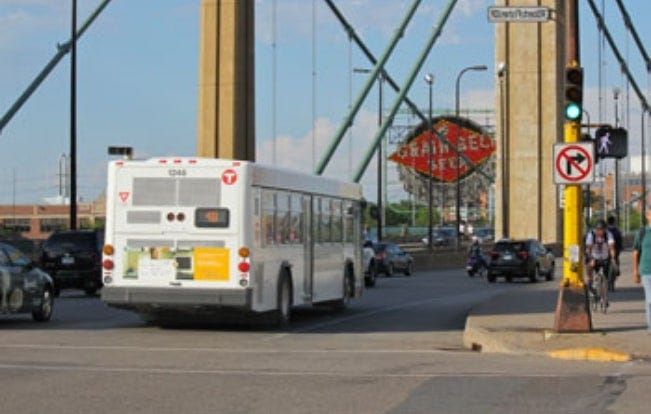How are traffic signals classified?
When we talk about Traffic Signals, we find there are — Traffic Control Signals, Fixed Time Signals, Manually Operated signals, Traffic Actuated (automatic) Signals, Pedestrian Signals, Special Traffic Signals.
In the US, implementing a new system — Traffic Signal Priority was initially difficult to work on due to several reasons, including:
- Technical feasibility and cost-benefit;
- Not accurate detection products;
- Limited installations of vehicle location systems by transit properties; Absence of standards;
- Traffic signal controllers could not support TSP;
Centralized TSP
TSP organizes and manages requests for priority from multiple vehicles using a central system. The priority request system located on the transit vehicle is usually equipped with a GPS that allows direct access to the traffic management center. Hence, the decision to request priority can be determined as per the requests from all the field vehicles.
The need to have a framework is based on traffic management; it can unfold progressively as vehicles approach intersections. In this sort of system, the communication between vehicles, signals, and the two management centers can turn out to be to some degree difficult, mainly if a pre-decided priority ranking isn’t laid out.
Distributed TSP
The key difference between the two system types is that all priority decisions are made at the intersection level in the Distributed TSP system rather than at a central location. Distributed systems don’t have management problems, but the decision to grant priority can be less nuanced than if a centralized location were managing it.

Benefits
There are multiple benefits of Traffic Signal Priority, as outlined by the Federal Department of Transportation -
- reduced transit travel times,
- better scheduled adherence,
- further developed travel proficiency,
- and better street network effectiveness as estimated by individual mobility.



Comments
Post a Comment